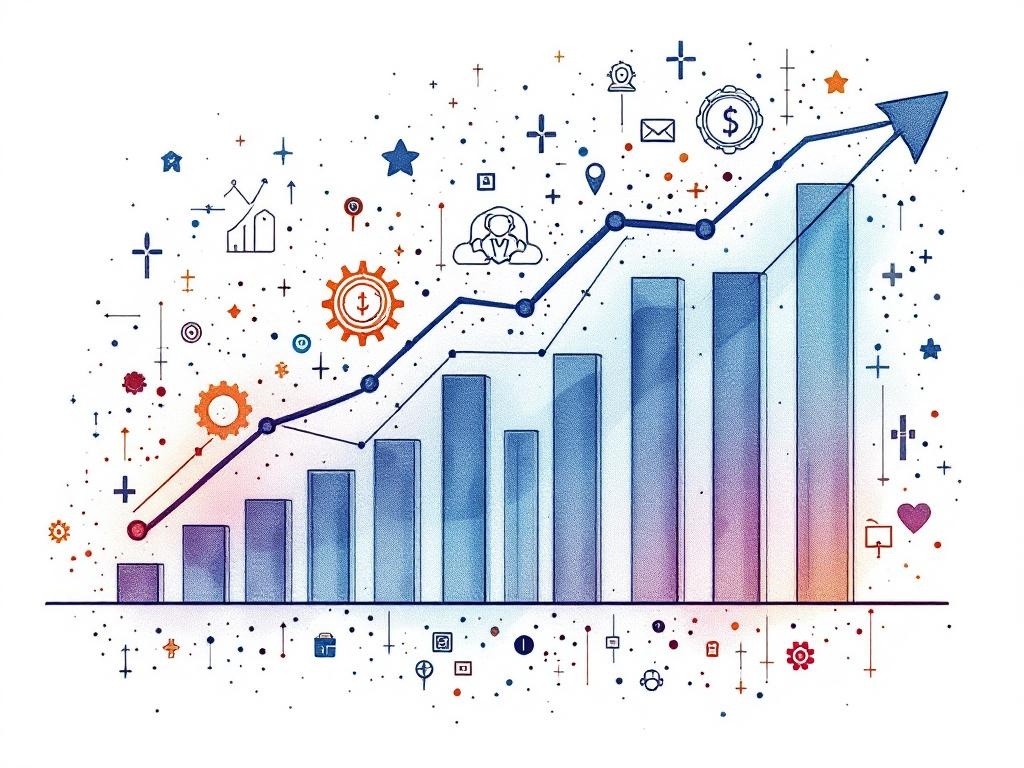Growth in Hyper-Personalized Medicine Market Forecasted Until 2034

New York, Tuesday, 4 November 2025.
The hyper-personalized medicine market is set for significant growth, driven by advancements in genomic and AI technologies, projected to expand from 2025 to 2034.
Introduction to Hyper-Personalized Medicine
The hyper-personalized medicine market is experiencing a rapid expansion driven by significant advancements in genomic technologies and AI. Between 2025 and 2029, the market is projected to grow from $3.18 trillion to $5.49 trillion, reflecting a Compound Annual Growth Rate (CAGR) of 14.6% [1]. This growth is indicative of a broader shift towards precision medicine, which leverages genetic, environmental, and lifestyle factors to tailor treatments to individual patients [1].
Drivers of Market Growth
Several factors are propelling the growth of the hyper-personalized medicine market. Advances in genomic technologies and the increasing adoption of AI-driven solutions are at the forefront, enhancing the ability to deliver targeted therapies [1]. In 2023, the U.S. Food and Drug Administration approved 16 novel personalized therapies for rare diseases, a significant increase from the six approved in 2022, highlighting the rapid pace of innovation in this field [1].
Regional and Economic Impact
The market is witnessing dynamic changes across various regions, with North America currently dominating the sector. However, Asia-Pacific is poised for the fastest growth, driven by increasing investments in genomic research and healthcare infrastructure [1]. Notably, global trade policies, such as the 2025 U.S. tariff hikes, present challenges by impacting the supply chain for active pharmaceutical ingredients and medical equipment. Companies are responding by expanding production capacities in regions like India and Europe, as well as stockpiling inventories to mitigate the impact of these tariffs [1].
Future Prospects and Economic Implications
Looking ahead, the hyper-personalized medicine market is expected to continue its upward trajectory through 2034, driven by ongoing technological advancements and increasing demand for precision therapies. This growth holds significant economic implications, as the shift towards personalized treatments could lead to more efficient healthcare spending and improved patient outcomes. By focusing on tailored therapies, healthcare systems may reduce the costs associated with ineffective treatments and adverse drug reactions, ultimately leading to a more sustainable healthcare economy [1].